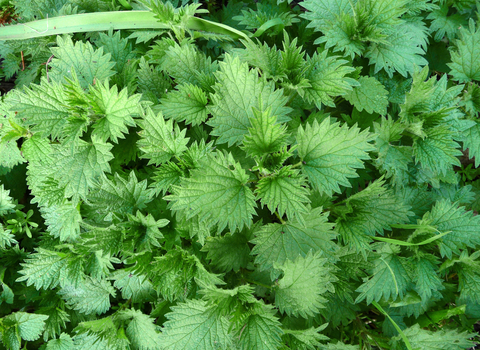
Stinging nettle ©Harry Green
Stinging nettle
The stinging nettle is a familiar and common plant, often firmly rooted in our memories after our first, hands-on experience - a prickling irritation that's not forgotten easily!
Enw gwyddonol
Urtica dioicaPryd i'w gweld
January to DecemberSpecies information
Ystadegau
Height: up to 1mCommon.
